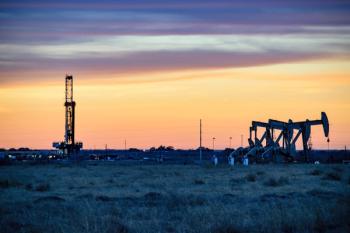
Lasers Reveal Shrinking Ice Sheets
Data from NASA's high-resolution ICESat lasers indicate that ice sheets in Greenland and western Antarctica are melting faster than scientists thought.
Analysis of millions of NASA satellite measurements indicates that ice sheets in Greenland and western Antarctica continue to shrink faster than scientists thought, and in some places are already in "runaway melt mode."
Researchers from the British Antarctic Survey and the University of Bristol studied measurements created by lasers on NASA's high-resolution ICESat (Ice, Cloud, and Land Elevation Satellite), launched in January 2003. The satellite's lasers have measured the surface elevation of the Earth's ice sheets with unprecedented accuracy and show that melting along the crucial edges of the two major ice sheets is accelerating and is in a self-feeding loop.
The ice sheets are thinning rapidly at their edges, where warmer water eats away from below. The more the ice melts, the more water surrounds and eats away at the remaining ice. The researchers found that 81 of the 111 Greenland glaciers surveyed are thinning at an accelerating pace.
In addition, the drop in thickness of the ice sheets is speeding up. In fact, in parts of Antarctica, the yearly rate of thinning from 2003 to 2007 is 50 percent higher than it was from 1995 to 2003. Glaciers in this area have the highest rates of thinning recorded in Antarctica or Greenland.
This study doesn't answer the crucial question of how much this worsening melt will add to projections of sea level rise from man-made global warming. Scientists previously estimated that steady melting of the two ice sheets would add about 3 feet to sea levels by the end of the century, but this accelerating pace is likely to increase those estimates.
Newsletter
Get essential updates on the latest spectroscopy technologies, regulatory standards, and best practices—subscribe today to Spectroscopy.




